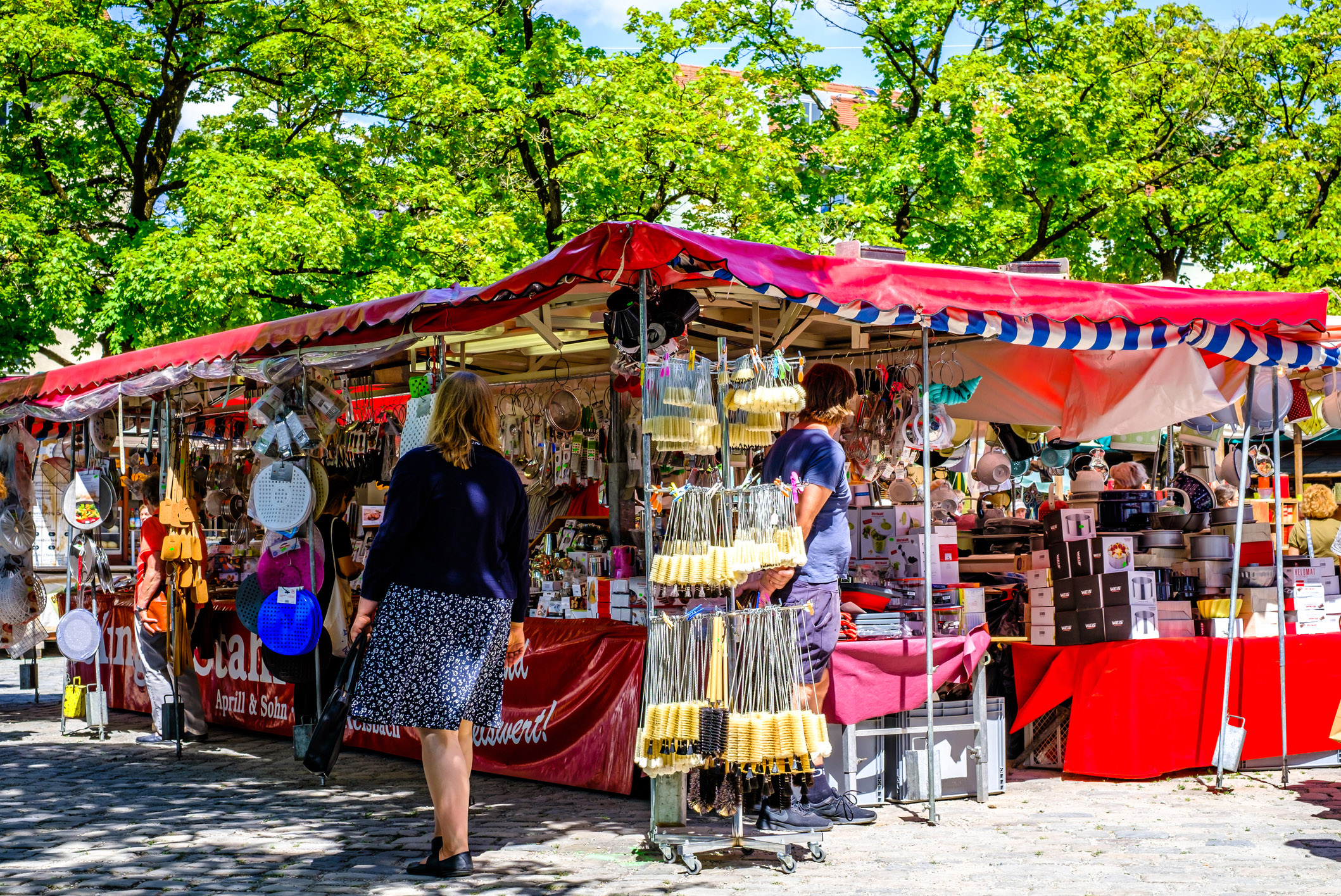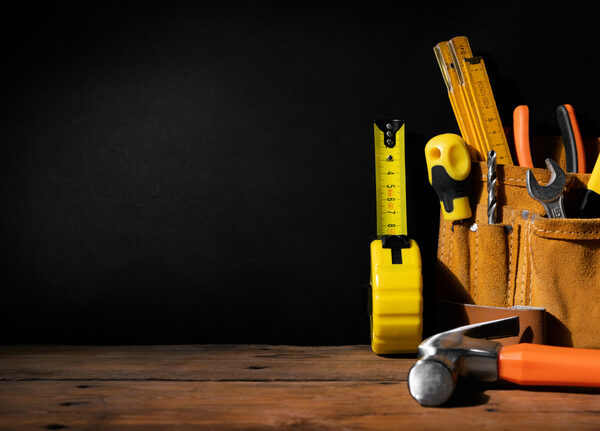As tempting as Memorial Day sales may be for those keen on snagging a deal, before adding unnecessary clutter, it’s wise to “shop” your own closet or garage first before placing your order. Buying gently used items at garage sales, thrift shops or through a growing online resale marketplace can not only save money, but also help cut the environmental impact of manufacturing and shipping new clothing, household and sporting goods, or electronics.
According to a recent Washington Post Climate Coach column, the stigma that used to surround buying used goods is dwindling and in many cases, shoppers prefer to buy used items. Big brands are also getting into the market by reselling used or returned goods, helping to offset the more than 20 percent of items bought online that are sent back; as much as 40 percent of online clothing purchases are returned.
To boost their sustainability many retailers like Patagonia participate in the “circular economy” in which gently-used or returned products are resold at a reduced price, helping prevent waste and widen the customer base. Luxury goods companies are also working to become more sustainable using recycled materials, and connecting customers with lasting products and resale channels.
Because so much clothing ends up in landfills or is incinerated, buying quality items that can be used longer helps to reduce consumption. Trading in gently used clothing and gear, and repairing items whenever possible, also helps reduce our footprint. Learning to sew is something everyone should master – at least the basics of stitching back on a button or mending a small hole or tear. Many libraries offer on-site access to sewing machines and tools, as well as sewing and mending classes. Check out Skill Share to access free online beginner sewing instruction.
Although the skill for sewing may have skipped a generation or two, scheduling a few mending lessons from mom, dad or grandma could be an investment in time well worth making.






Add Your Voice
0 Comments
Join the Discussion